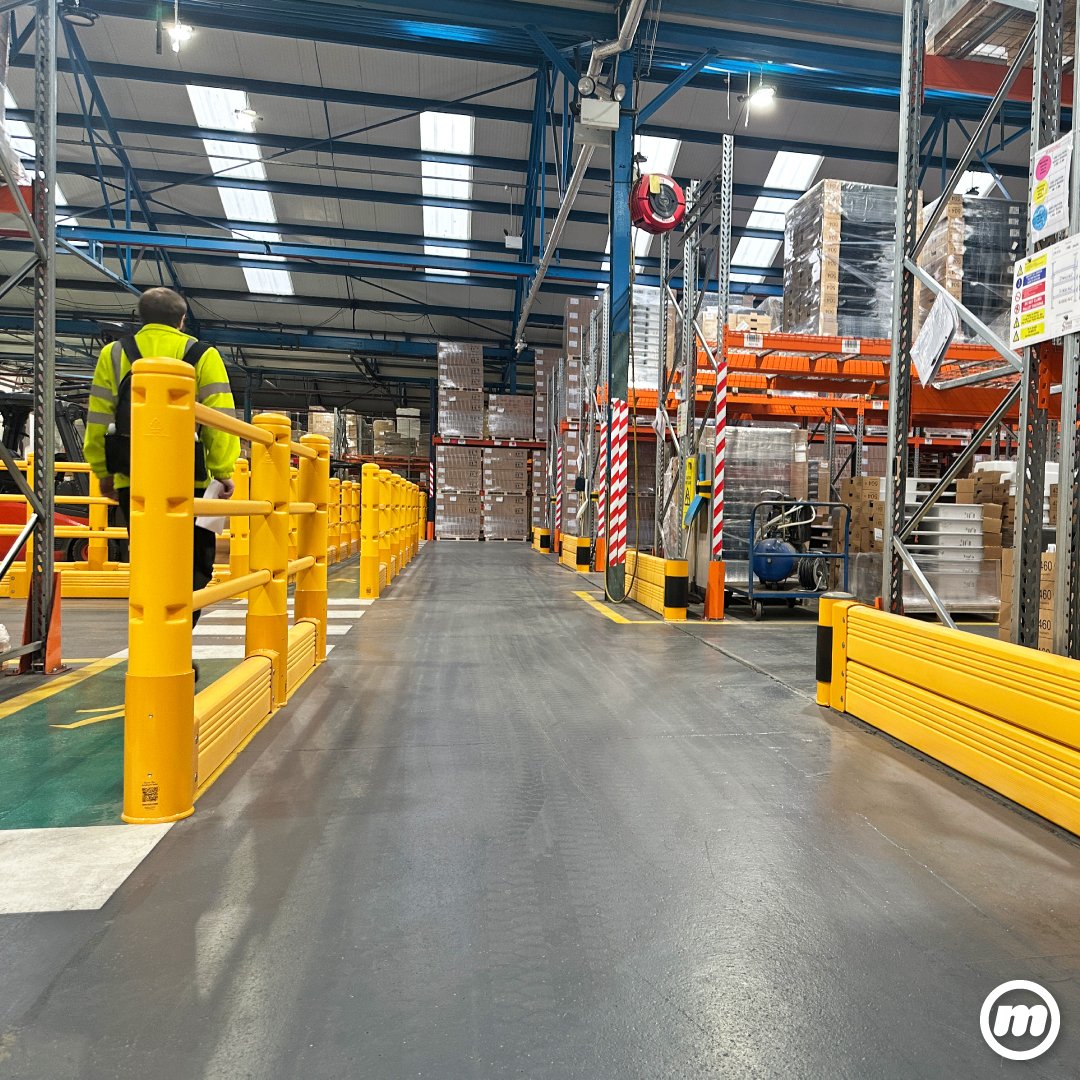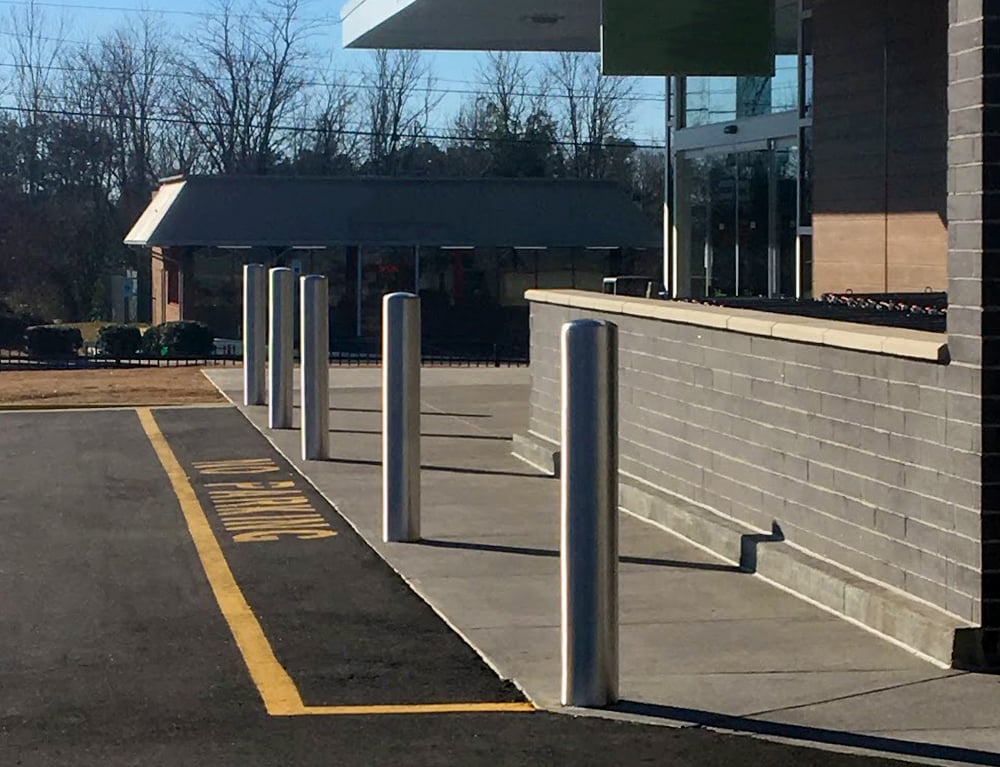Like us, you're always on the lookout for new ways to make facilities more efficient. And sure, most of what you've tried in the past has worked out well. But for the next build, you're pushing to try something even better. We're all about that mindset and we'd like to offer some tricks to help.

Trick 1: Plan For Flexibility
A workforce operates at the highest efficiency when each area of the facility is in the right place — racking organized together, an easy flow to shipping, etc. It's the Toyota Way.
But you understand companies will grow and new areas will need to be added in the future. These additions will, at the very least, disrupt the current flow of process. Or, you might find that many facilities won’t have room for them at all. If the alternative is to cram areas together, that's when you’ll start to see the most accidents take place.
This leads to our first trick. Leave room for future flexibility during the planning phase of each facility. Take the time to understand the full scope of a facility from the beginning — all the way down to how a small component, say an electrical panel, could affect future expansion. That way, your engineering team won’t run into any last minute “what are we supposed to do with this” issues later down the road.
To best prepare for inevitable rearrangement, make use of equipment you can easily relocate. Install a flexible barrier, instead of concrete or steel, to keep your options open later on. But, you also need to make sure to keep damage prevention in mind. Our FlexCore Bollard or Shock-Absorbing Rack Guard can be easily installed and relocated to fit any section of a facility. And unlike concrete, they're designed to withstand high impacts and live to see another day.
Trick 2: Predict Damage
When planning the asset protection strategy for a new build, analyze each area in terms of how it will be damaged. Racking might take direct hits. Shipping areas might receive damage BUT only in the direction people are driving.
Even take it one step further. If you understand the way products and people move throughout the warehouse, then you can use that information to predict problems and prevent possible damage. Let's say it becomes apparent that if glanced by a forklift, certain racks could slam together and disrupt product on the shelf. You now need to choose a protection product that will most effectively reduce the amount of product damage and keep your employees safe.
All of our material handling products are designed to reduce the chance of damage to your products if they happen to be impacted. And it all comes down to our best in class material design. We use a combination of materials that each protect against different possibilities. In certain spots, you may need to absorb an impact. In others, you'll need the material to be tough to deflect a blow. Certain materials suit different situations better. That's why having a combination is ideal.
Trick 3: Avoid The Quick Fix
When first starting out, we’ve noticed many engineers opt to go with the least expensive solution thinking (or maybe just hoping) it will last over time. It might take a couple go arounds, but you’ll soon realize the cheapest damage prevention solution often isn’t the best. When factoring in costs, such as having to shut down an area or even the entire facility, it’s easy to see that it’s always better to choose the right solution from the get-go.
Are there any tricks you're using? Or a specific product damage solution you've been searching for? Leave us a comment below!




